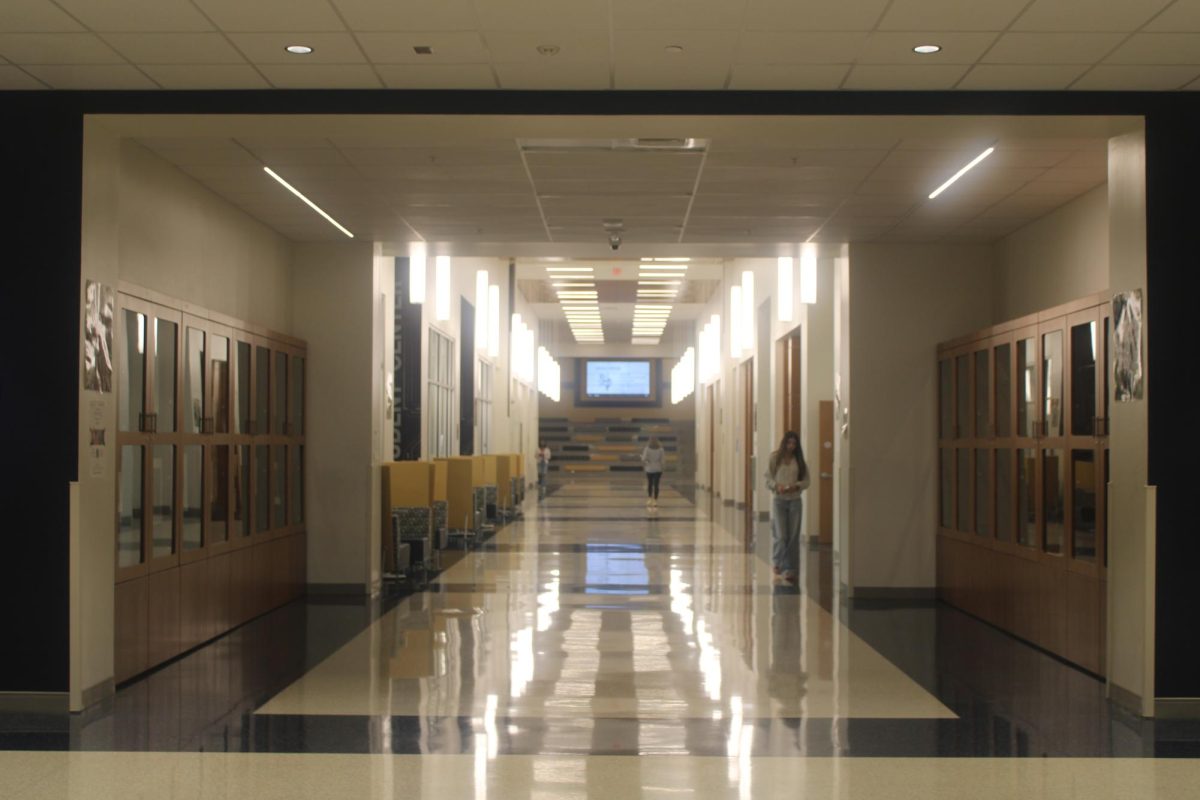Whether it’s rain, snow, hail or wind, students are going to have to miss school at some point throughout the year. While weather issues allow students a short break from attending school, work still has to be done and days have to be made up. With an increased use of technology among schools across the country, make-up days can now be completed at home through e-learning.
In the state of South Carolina, students are required to attend 180 days of school, so when bad weather hits, time has to be made up. In the past, students would make up their lost class time by attending days that were previously deemed teacher workdays. Starting around 2019, the use of laptops and computers in schools has allowed students to complete their classwork at home instead of physically coming to school on teacher workdays. With e-learning, teachers assign students online assignments that can be completed at home, taking the place of work that they would normally be completed on that day.
One of the benefits of e-learning is that it allows teachers to stay on pace with their class schedules. By missing class time, students run into the risk of falling behind on lessons and not getting important information. This missed time is especially concerning towards the end of the year around exam time. E-learning combats this issue by allowing teachers to still give their students lessons or practice so that they are prepared to continue in class when they get back to school.
Mandy Loudermilk, an AP U.S. History teacher at Spartanburg High School, explains that e-learning keeps students safe while also keeping them on track to succeed when they return to class.
“E-learning allows students the opportunity through technology to stay on schedule in classes while remaining safe from inclement weather. I’m thankful for this means of pressing onward to our end goal,” Loudermilk said.
While students would love a day off with no schoolwork at home, they also see the benefits of e-learning as a way to stay on track and still receive a break during teacher workdays that would otherwise be used as physical make-up days in class.
Nick Rhoden (11) says that e-learning is beneficial as it prevents days from being added on to the year while also still being able to be productive at home.
“I like e-learning because it cuts away the fluff of classes on days when we don’t physically come to school, and it allows us to learn without tacking on days to the school year,” Rhoden said.
While e-learning does provide many benefits, it also can have some downsides. By relying on technology, e-learning can sometimes be disrupted by technological issues at home which leave students unable to complete their assignments. Another downside of e-learning that students have expressed is the workload being placed on them on these at-home days.
Ash Haggerty (11) explains that e-learning sometimes leaves students with more work at home than they would be doing at school and that the at-home setting can make students feel unmotivated to complete assignments.
“Teachers sometimes give more work and it’s often work that we wouldn’t be doing otherwise. I also don’t feel as motivated to do work at home so it would just be better to come to school an extra day to make up for the time lost,” Haggerty said.









